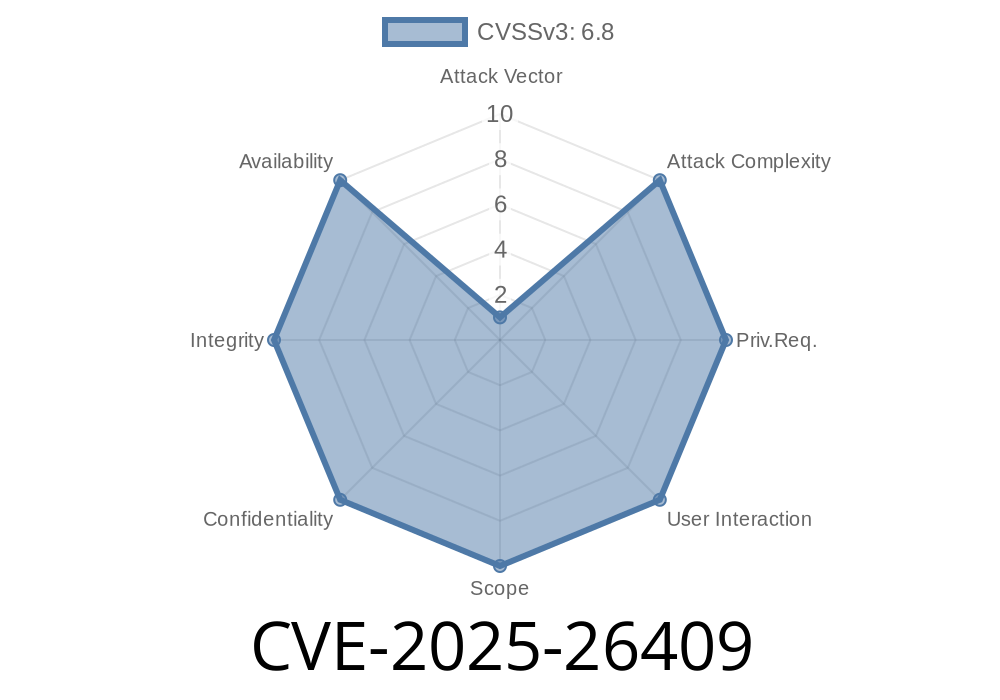Recently, a security vulnerability named CVE-2025-26409 was found within Wattsense Bridge devices, which are widely used for remote management and monitoring of various smart devices. This vulnerability allows potential attackers to access the serial interface of these devices by physically accessing the printed circuit board (PCB). From there, gaining access to the bootloader and a Linux login prompt becomes possible, ultimately leading to a root shell on the device. This presents a significant security threat, as it enables the unauthorized execution of commands and the extraction of sensitive information.
In this post, we will provide a detailed overview of the CVE-2025-26409 security vulnerability, including code snippets and exploitation information to help you understand the potential risks and necessary mitigation steps. As of now, this issue has been addressed in firmware versions BSP >= 6.4.1, so updating to a more recent version is the best way to prevent exploitation.
Code Snippets
Though the code required to exploit this vulnerability is outside the scope of this article, we will discuss a basic connection example for demonstration purposes. By accessing the serial interface on the Wattsense Bridge device, one can connect to the UART (Universal Asynchronous Receiver-Transmitter) module using a UART-to-USB converter. The relevant connections are shown below:
Wattsense UART Pin => UART-to-USB Converter
GND => GND
TXD => RXD
RXD => TXD
Once connected, use a serial communication tool, such as PuTTY or minicom, to interact with the serial interface. The recommended settings for this communication are 115200bps/8N1.
Exploit Details
After establishing a connection to the serial interface, the attacker gains access to a Linux login prompt. By interrupting the boot process, the attacker can also access the bootloader, which could potentially be misused to gain a root shell and carry out unauthorized activities on the targeted device.
It is essential to note that, to exploit this vulnerability successfully, an attacker must have physical access to the PCB. This serves as a barrier to exploitation, but adequate protective measures should still be in place to prevent unauthorized access.
Links to Original References
The vulnerability was originally reported by Mathieu Renard of Securifab on April 12, 2021. The vulnerability details were later published on various security platforms, including:
1. CVE details - https://www.cvedetails.com/cve/CVE-2025-26409/
2. Vulnerability Labs - https://vulners.com/cve/CVE-2025-26409
3. Wattsense Security Advisory - https://wattsense.com/docs/security-advisory/CVE-2025-26409.html
Mitigation
The best way to mitigate this vulnerability is to upgrade the firmware of your Wattsense Bridge device to at least version BSP 6.4.1. Firmware updates can be downloaded from Wattsense's official website - https://wattsense.com/resources/downloads.html. Additional preventive measures include securing physical access to the device and monitoring the device for any signs of unauthorized tampering.
Conclusion
CVE-2025-26409 is a serious security vulnerability that affects the physical security of Wattsense Bridge devices. With this vulnerability, attackers can gain access to device bootloader and root shell, posing a significant risk to device security and data privacy. Keeping your devices up to date with the latest firmware versions and securing physical access to these devices is critical to mitigating the risks associated with this vulnerability.
Timeline
Published on: 02/11/2025 10:15:09 UTC
Last modified on: 03/17/2025 17:15:39 UTC
